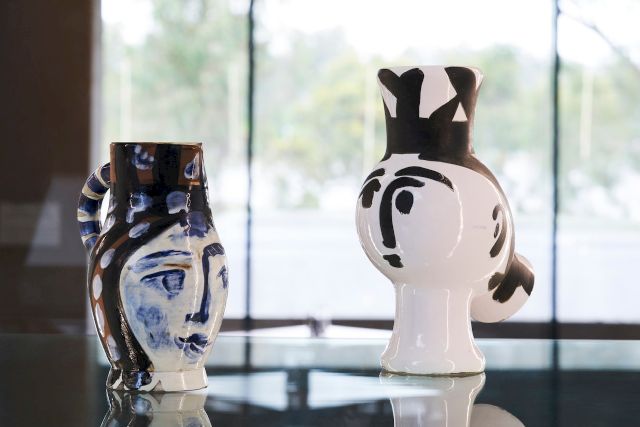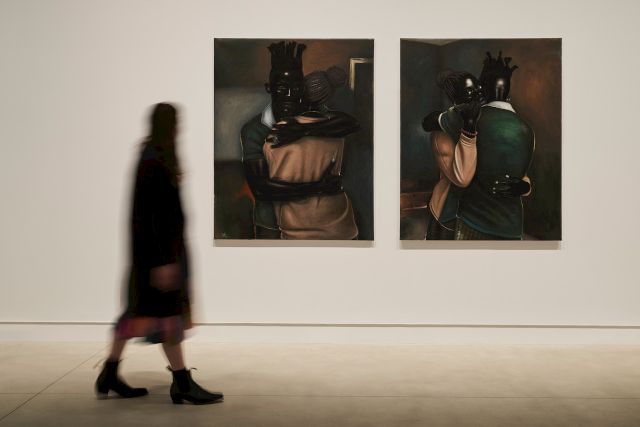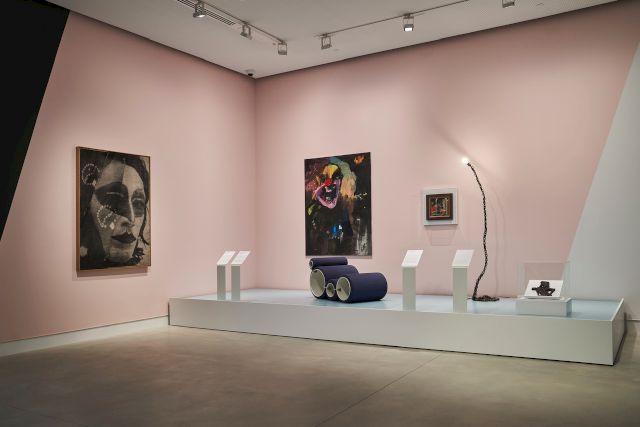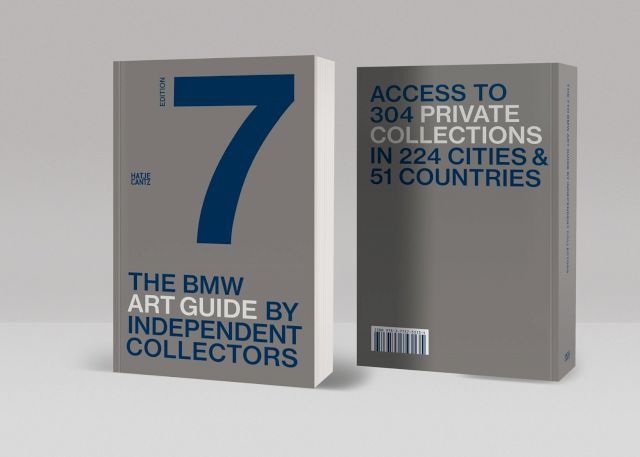BMW Art Guide by Independent Collectors
MATTHIAS ARNDT
Collector behind the ARNDT Collection
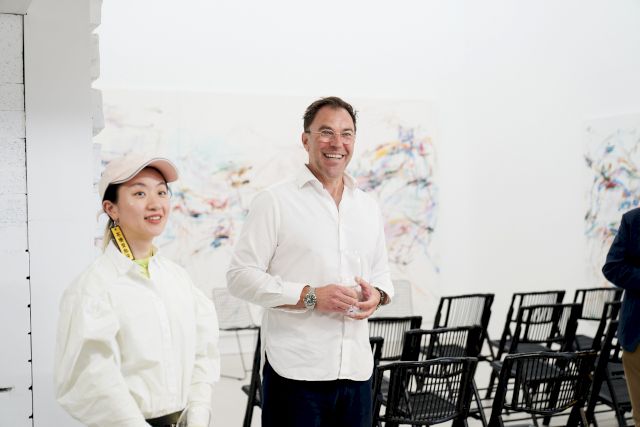
With locations in Berlin, Melbourne and Athens, the ARNDT Collection has evolved over the last two decades to represent an assemblage of artist’s pieces from across the globe. This ongoing “collage” engages with artworks by artists who inspire new ways of seeing and apprehending the world through their practices, thus embodying the collection’s raison d'être.
Collectors, Matthias Arndt, and Tiffany Wood, aim to collect works that create disturbance and allow for a reassessment of lines of questioning and understanding. Represented artists within the collection invite audiences to move away from accepted value systems and conventional reasoning in order to pose fundamental questions concerning the human condition.

Does an art collection start with its first artwork or with the intent to purchase?
In our case, collecting started gradually: Through running a global gallery business for two decades with over three hundred exhibitions in our gallery spaces across five countries, I was surrounded by art nonstop. For reasons of business ethics, I always allowed our clients to have first pick of the shows. As a successful promoter, my role was to place art around the globe and to build a sustainable market for artists. Artworks only come to us, when returned, unpaid or for other reasons. Meeting my wife Tiffany and starting a family, private life changed things a bit. Together we started to acquire artworks at first to keep and to live with: George Condo, Joseph Beuys, Jannis Kounellis - artists we knew or that were fundamental to us in the art canon.
When we then changed our business format ten years ago, creating the new model of an Art Agency, we were free to look around more and to acquire artworks from artists, colleagues, exhibitions and through auctions.
Up until then, I had only witnessed how addictive collecting can be through working with many young and established clients, and our many art collector friends. We soon contracted the “collecting-virus”. Being 100% committed to whatever we do, whether working with artists, advising private and corporate clients in building collections, we applied this “all in” approach also to our own collecting.
How can you benefit as a collector from making your collection accessible to the public?
As in my previous role as gallerist, or today, an artist agent and advisor, before aiming for my own benefit, I first think of what needs to be done and how what we do and have can make a difference. Only mutual benefit creates long term, sustainable and beneficial relationships. In Berlin, we have created a foundation supporting emerging artists and with which we recently started to donate artworks to institutions or fund acquisitions for museums around the globe. Collecting art on a larger scale of twenty to thirty acquisitions per year then created - apart from logistical (and financial) challenges - more responsibility. This responsibility entails showing and sharing the artworks with a larger audience. This leads us to reach out to museums and institutions, who have also started contacting us, to offer loans - often in combination with donations. Building our private art space for the collection in Australia, where we decided to move as a family, seemed to make sense, as in this part of the world, the international positions we own and collect are less known and find a new audience. Also, with our commitment here, we hope to encourage art lovers to collect and support contemporary artists. This is why we open our art space and collection to an interested audience. This comes as a benefit, apart from seeing a broader audience enjoy the art we collect, that artists and dealers are more inclined to offer us new work, knowing we manage the collection and have the art exhibited to an often new public.

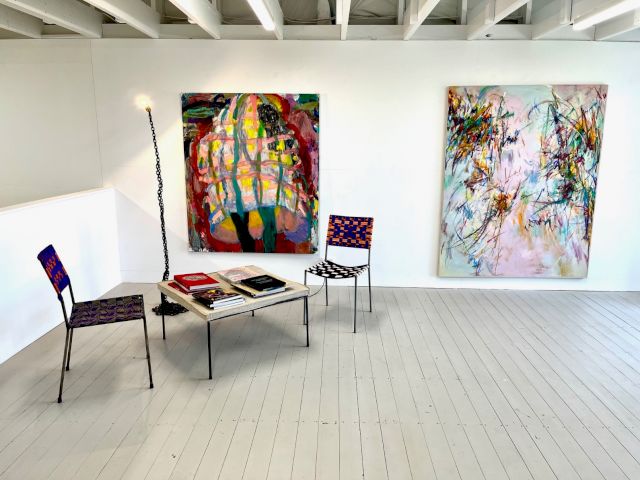

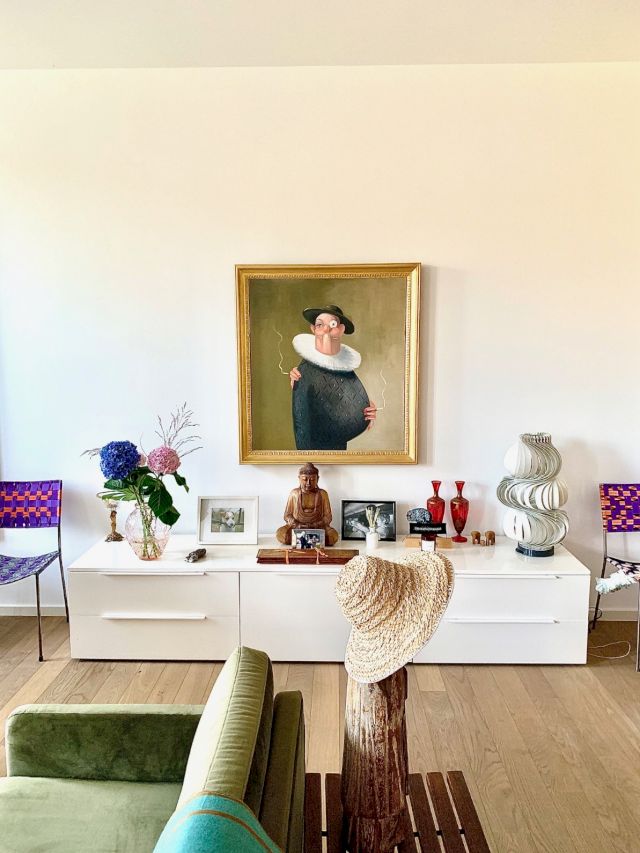
What’s your condensed “how to” on collecting art?
One should always buy what resonates with you and what you love. With contemporary art being more popular than ever before, art has also become a commodity and - with rising prices and competitive markets - art may also seem like a good “investment”. But in the beginning and in the end, you have to love your artworks for their inherent value, the beauty but also the artistic vision they represent. After more than three decades in the art world, I have preserved my conviction that art can change the world, through opening us to new views on the world that ideally also affect our actions and refine our decision making in other areas.
What has been the most challenging work of art in your collection, either for yourself or the public?
Collecting film and media-art comes with challenges, through technical requirements, space and equipment. Such works we mainly enjoy and experience when on loan to museums, such as Julian Rosefeldt’s film-installation, now on view at the Shepparton Art Museum. There are also completely new areas, such as digital art, NFT and other formats that are so new that we have to look into them more in the future. The challenge for me here is to understand the underlying systems and to find the “works“ that resonate with us and that we find artistically exciting enough to embark on this new medium. NFT and New Media is definitely here to stay. It will also change “collecting” as such as it opens a completely different approach, more participatory than classical ownership of objects.
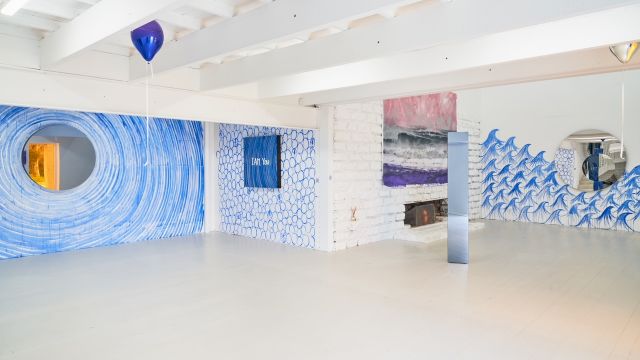
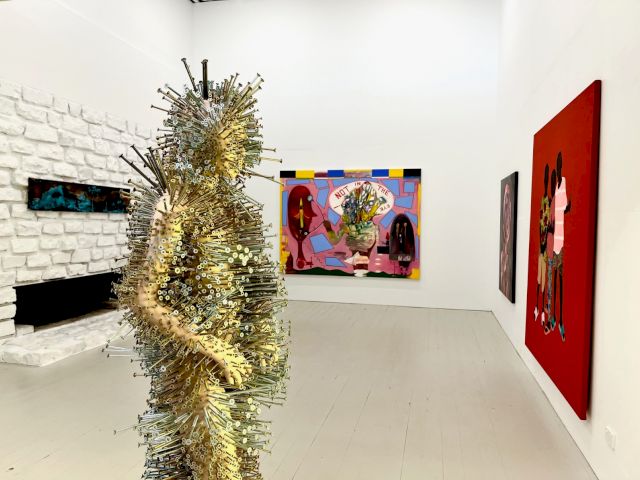
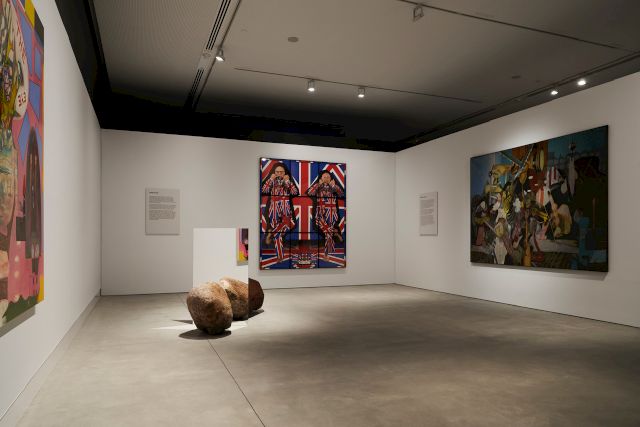

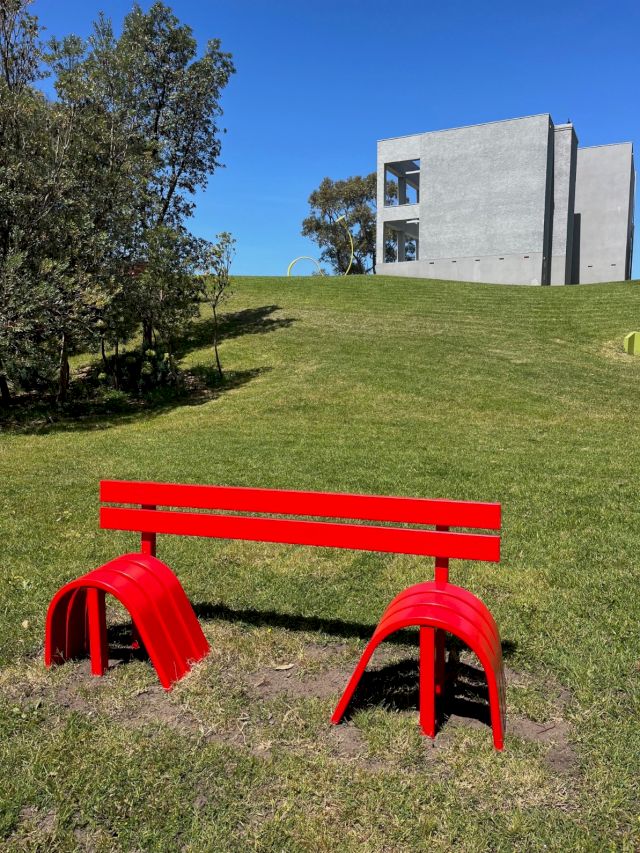
Do you approach collecting art in an emotional or rational way? And what are your emotional/rational parameters for collecting?
I would classify our approach as totally personal, sometimes erratic. There is so much great art made, in so many “art worlds”. Being led by my curiosity throughout my entire life and career excludes a systematic, purely thematic or geographical approach. Also, professionally, I need to have a large scope in my expertise, looking into the US, Europe, many parts of Asia and around our home country, Australia and the Pacific. Other than that, we, as almost every art collector, have limited finance and need to make choices, a rational approach is excluded. I follow my experience through looking at art for over three decades and try to identify artworks that in their essence reflect on the “Conditio Humana”, what determines life and social existence in today's world. What succeeds in grabbing my attention, enchants and often also challenges, resolved artistically most skillfully with the adequate means. This is what we aim to buy for the collection.
As in our professional life, we follow the lead of the artists, promoting their work and building sustainable markets for their art. Our collection is artist-driven – for my wife and I, it is important to know the artists whose work we acquire. We have met almost all the artists we have in the collection, maintaining a close relationship with many of them.
Do you notice/observe any “trends” within collecting art?
As already mentioned, there is a lot of great art now being made and shown and – as the art market is in constant need for new material – a lot of earlier work from the past fifty years is presented as “re-discoveries”, speaking here more as a dealer and art-advisor than for my own collecting approach:
“Emerging art” is what drives the global art market, apart from the modern and contemporary masters and “blue-chip-positions”. Amongst these emerging positions, there has been a run on female abstract painters from Asia or of Asian descent. Then there are areas that have been underrated, underrepresented or both for such a long time that there is a lot of great work being made and seen: “Black Portraiture” and Art from the African Countries and the African Diaspora and Afro-American art has been celebrated a lot recently and we shall see more great work coming from this area of the market. Last but not least, I see extraordinary potential, both artistically and in the public awareness, in Australian First Nations Art or Aboriginal and Torres Strait Islander Art. We have only started looking and acquiring such work and are taken by the diversity, artistic sophistication and beauty of what we have seen and collected so far. I do not like speaking in trends, but from what I have seen and experienced in conversations with collectors and art professionals in Australia and around the globe, we will see Aboriginal art entering the global stage and being celebrated on a larger scale in the years to come.
